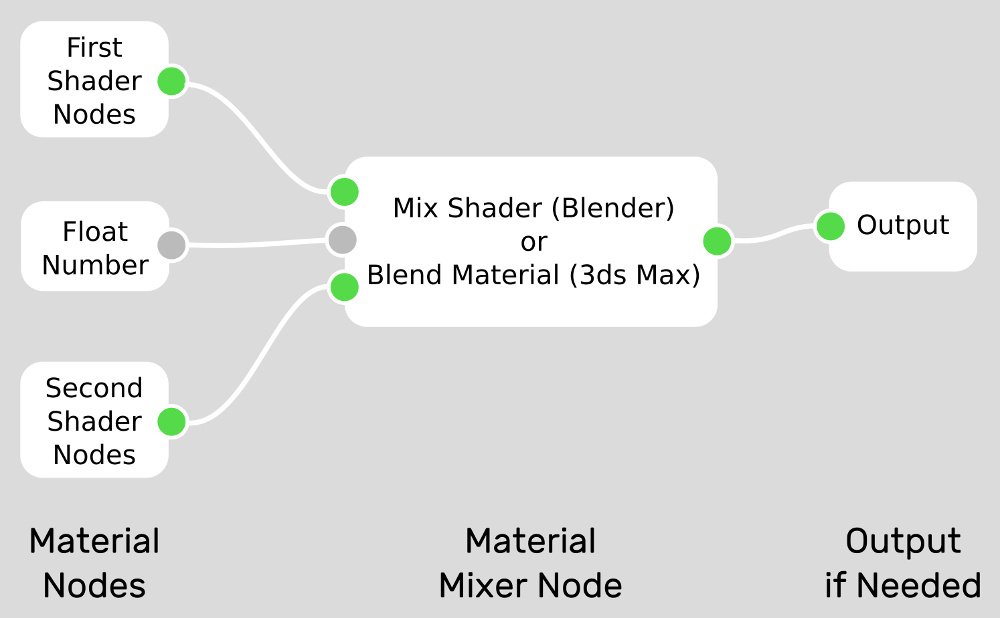Multiplayer gaming has evolved significantly, with HTML5 playing a crucial role in this transformation. HTML5’s capabilities have enabled the development of rich, interactive, and accessible multiplayer experiences directly in the web browser. As technology advances, the future of multiplayer gaming in HTML5 looks promising, with several trends and innovations on the horizon. In this article, we explore the current state and future potential of multiplayer gaming in HTML5.
1. Current Trends in HTML5 Multiplayer Gaming
1.1. Cross-Platform Play
One of the major advantages of HTML5 multiplayer games is their ability to support cross-platform play. Players can join the same game session regardless of whether they are using a desktop, tablet, or smartphone. This cross-platform capability enhances accessibility and broadens the player base.
1.2. WebRTC for Real-Time Communication
WebRTC (Web Real-Time Communication) is a technology that enables real-time audio, video, and data sharing directly between browsers without needing plugins. It has become a key component for implementing real-time communication in HTML5 multiplayer games, facilitating smooth interactions and collaboration among players.
1.3. Cloud Gaming and Streaming
Cloud gaming platforms and game streaming services are leveraging HTML5 to provide instant access to games from any device. Players can stream games directly from the cloud, reducing the need for powerful local hardware and enabling a broader audience to enjoy high-quality multiplayer experiences.
1.4. HTML5 Game Engines with Multiplayer Support
Several HTML5 game engines offer built-in support for multiplayer functionality. Engines like Phaser, Babylon.js, and PlayCanvas provide tools and frameworks for developing multiplayer games, including networking, synchronization, and matchmaking features.
2. Future Innovations in HTML5 Multiplayer Gaming
2.1. Enhanced Real-Time Performance
As web technologies evolve, we can expect significant improvements in real-time performance for HTML5 multiplayer games. Advances in WebAssembly (Wasm) and WebGL 2.0 will enable more complex and faster computations, leading to smoother and more responsive multiplayer experiences.
2.2. Virtual Reality (VR) and Augmented Reality (AR)
The integration of VR and AR technologies with HTML5 is set to revolutionize multiplayer gaming. WebXR, a web standard for immersive experiences, allows developers to create VR and AR games that run directly in the browser. This will enable new forms of social interaction and gaming experiences, such as virtual worlds and augmented reality challenges.
2.3. Advanced AI and Machine Learning
Artificial Intelligence (AI) and machine learning will play a significant role in the future of multiplayer gaming. These technologies can be used to create more intelligent NPCs (non-player characters), dynamic game worlds, and personalized experiences. AI-driven matchmaking and anti-cheat systems will also enhance the overall gameplay experience.
2.4. Decentralized Gaming with Blockchain
Blockchain technology is poised to impact multiplayer gaming by enabling decentralized game economies and player-owned assets. In-game items, currencies, and achievements can be tokenized and traded on blockchain platforms, creating new opportunities for players and developers alike. HTML5 games can integrate with blockchain networks to support these features.
2.5. Improved Network Infrastructure
The future of HTML5 multiplayer gaming will benefit from advancements in network infrastructure, including 5G technology and faster internet connections. These improvements will reduce latency and enhance the overall multiplayer experience, making real-time interactions more seamless.
3. Challenges and Considerations
3.1. Security and Privacy
As multiplayer games become more complex, security and privacy concerns will become increasingly important. Developers must implement robust security measures to protect player data and prevent cheating or exploitation.
3.2. Scalability
Scaling multiplayer games to handle large numbers of players and sessions simultaneously can be challenging. Developers will need to employ efficient server architectures and load balancing techniques to ensure smooth performance for all players.
3.3. User Experience and Accessibility
Ensuring an optimal user experience across diverse devices and network conditions remains a challenge. Developers must focus on creating accessible and inclusive games that cater to a wide range of players, including those with varying hardware capabilities and internet speeds.
4. Conclusion
The future of multiplayer gaming in HTML5 is bright, with ongoing advancements and innovations driving the evolution of web-based gaming experiences. From enhanced real-time performance and integration with VR/AR technologies to the potential impact of AI and blockchain, HTML5 is set to continue shaping the multiplayer gaming landscape. As technology progresses, developers will have new tools and opportunities to create immersive, interactive, and engaging multiplayer experiences that reach players across the globe.




